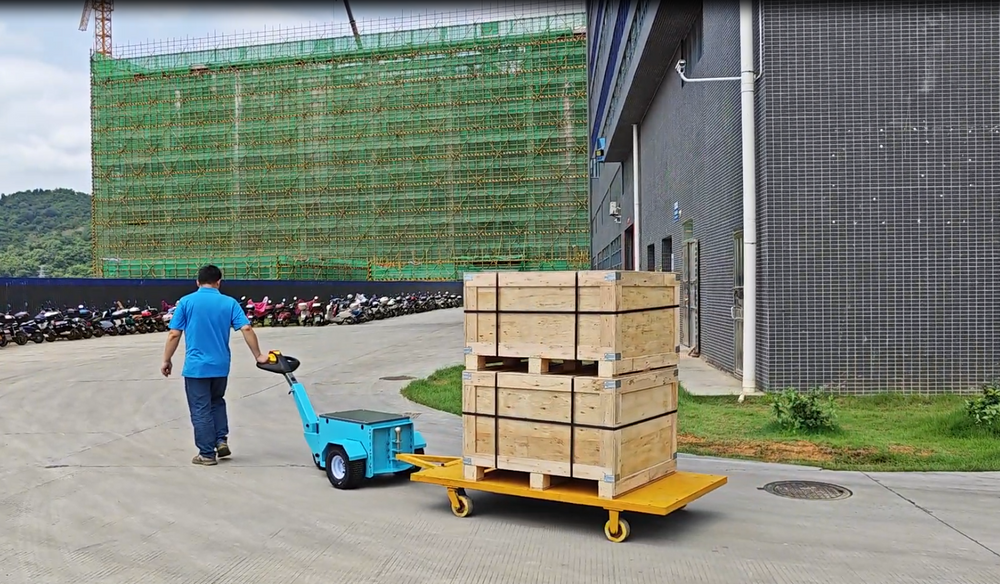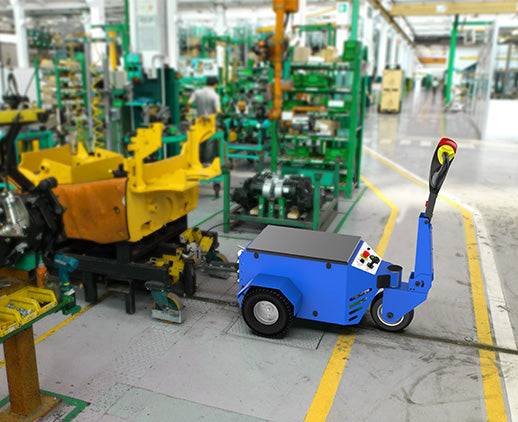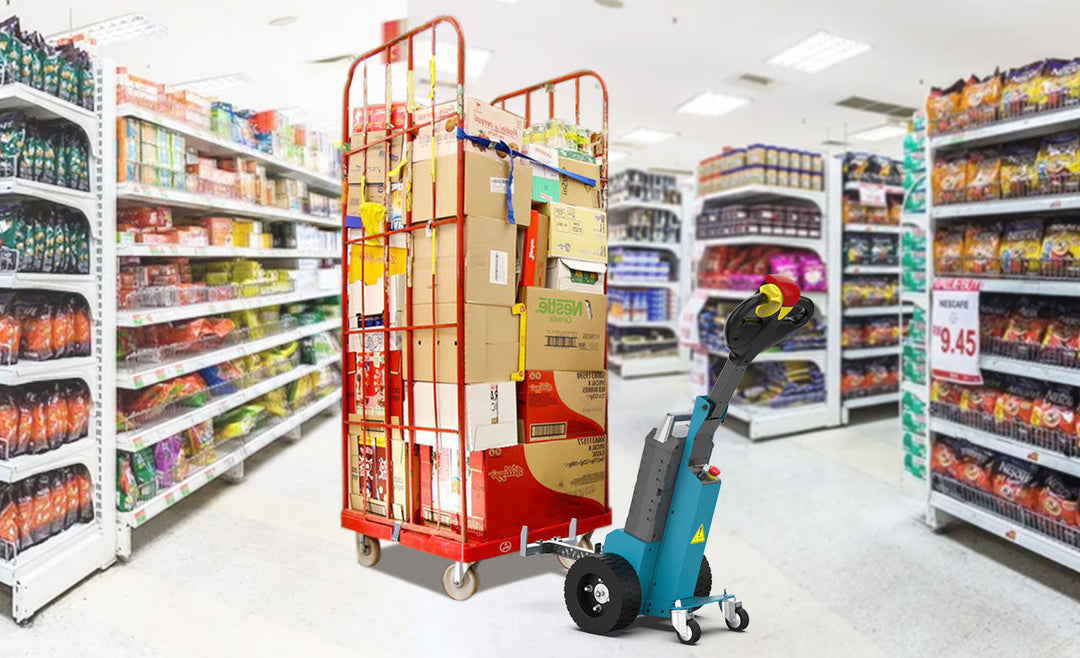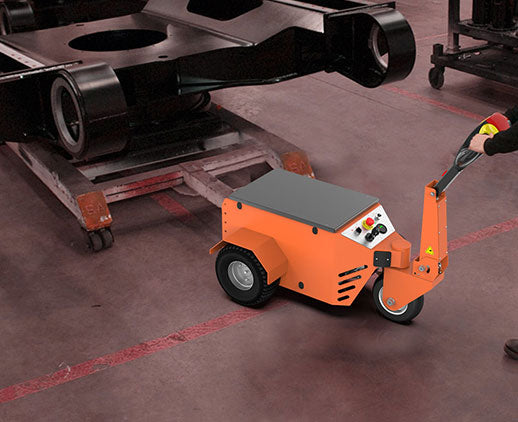What is a tug equipment
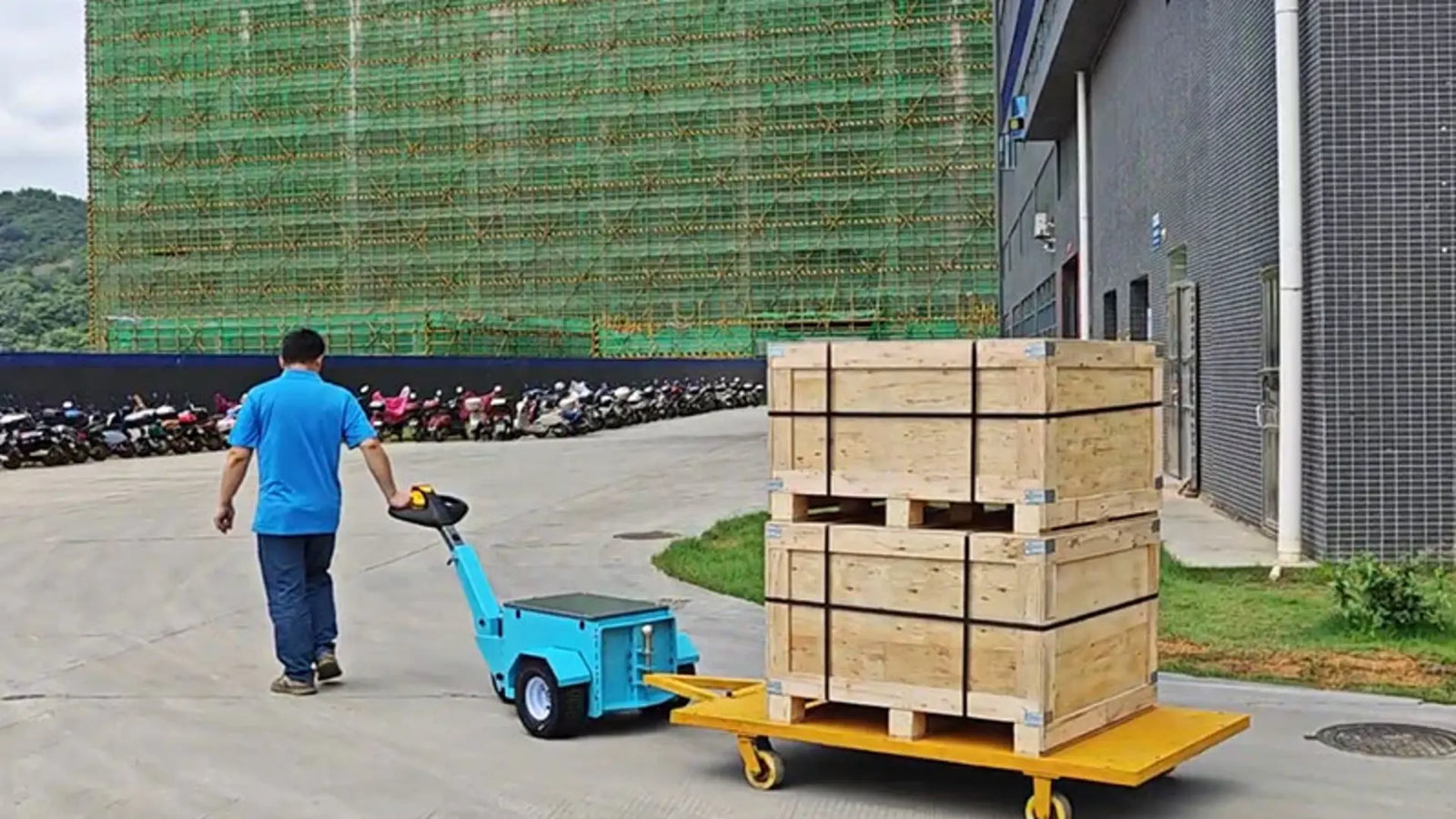
The Boeing 787 aircraft has an empty weight of 120 tons and, when fully loaded, reaches up to 254 tons. The Tug provides a traction force of 45 tons and completes a typical towing in less than 15 minutes, thus saving about 30% fuel compared to other pushback techniques. This saves airlines an estimated $1.5 billion each year. Learn more about battery-powered tugs .
A logistics center dealing in 50,000 tons of cargo annually can handle as many as 800 cargo movements daily, weighing more than 2,000 tons in total. These machines usually come with a 48-volt battery capacity for 8 continuous hours on a single charge, charging at $5 only, which saves 83% in energy costs. It increased the efficiency in cargo handling by 20% and reduced work injuries by 15%.
More than 800 million standard containers are moved annually, and 60% of these rely on tugs for their different land transport operations. The Port of Shenzhen handles more than 28 million standard containers annually. After the introduction of the hybrid tug facilities, the operating cost per vehicle was reduced annually by about 12%, while carbon dioxide emissions were reduced by 40 tons per year.
In automobile manufacturing plants, the weight of stamping machine molds is generally between 20 tons and 50 tons. Traditional manual methods require 4-5 workers to complete the task, taking more than 1 hour. With the use of tug equipment, the same handling task can be completed in 20 minutes, saving over 60% of the time. The annual average production value of the automobile plant increased by approximately 8%, while equipment maintenance costs decreased by 10%.

Types of Tug Equipment
Over 50,000 aircraft tugs are used daily around the world for ground towing tasks of commercial flights. A modern electric aircraft tug is capable of providing up to 70 tons traction and can easily tow an aircraft weighing over 560 tons, economizing operational costs by 30%. Learn more about the benefits of electric tugs .
While considering the industrial purpose, the medium-sized tugs usually have a towing capacity ranging from 20 tons to 50 tons; for heavy-duty, industrially used tugging equipment, it goes up to 150 tons, which helps reduce handling time by 50% and allows for increasing the annual production capacity by up to 8%.
This industry moves over 800 million standard containers through all the ports globally, and about 70% use tug equipment onshore for transportation. Such hybrid tug equipment can pull up to 60 tons per hour with savings in fuel up to 20% by using combined diesel and electrical drive systems. With just 3-second route planning, these tugs perform their tasks with less than 5 centimeters of margin for error.
The regular electric warehouse tug can pull from 5 to 10 tons, and the battery capacity allows continuous work for 8 hours. The main advantages of these tugs are small sizes that allow flexible movement in the aisles of warehouses.
It finds its application generally in mining, energy construction, or even in military purposes. Certain mining tugs are built to tow mining cars weighing up to 120 tons up slopes as steep as 40 degrees. The military versions of tug equipment are also equipped with special features like explosion-proof and impact-resistant abilities.
Power Sources
In general, a diesel-powered port tug is equipped with a 200-kilowatt engine that is capable of providing up to 120 tons of traction. Diesel-powered tug equipment occupies more than 50% of the global tug market and consumes about 15 liters per hour. The annual maintenance of such a kind of tug usually stands at 10% to 15% of its purchase price. Explore the advantages of compact tuggers .
It can generally support 6 to 8 hours of continuous operation with a single charge. The towing capacity usually ranges from 5 tons to 20 tons, and each charge costs only $5 to $10, saving about 80% in energy costs compared to diesel equipment. An electric tug has been applied at a distribution center that handles 50,000 tons every year, resulting in a reduction of 20% carbon emissions and saving approximately $300,000 in operating costs.
A port has installed a hybrid tug with a 150-kilowatt diesel engine and an equal 50-kilowatt electric system. The fuel economy is up to 30%, which accounts for approximately $100,000 in annual operating cost savings at this port. After five years, hybrid machines gained 15% of market share.
Hydrogen fuel cell equipment can usually achieve more than 12 hours of range for tugs, while hydrogen refueling takes less than 3 minutes. As of 2023, the global hydrogen fuel equipment market surged 25% and is expected to account for 10% of the tug equipment market by 2030.

Weight and Towing Capacity
A tug used to tow a Boeing 747 weighs about 60 tons and has a maximum towing capacity of 600 tons. More than 100,000 airplanes are being ground tows every day, and each piece of the tug equipment tows more than 500,000 tons total aircraft weight on average per year. Learn more about electric tow tractors .
The average weight for a medium-sized electrical tug is 1.5 to 2 tons, and it can pull up to 20 tons. After deploying 20 units of this machinery into operation, it increased the efficiency of cargo handling in this large logistics center by 25%. Each of these devices has towed more than 300 tons of cargo every day on average. Compared with the traditional manual handling method, 80% time was saved.
Generally, a tug in a port or terminal would weigh between 10 and 20 tons, and its towing capability was over 100 tons. The cargo volume handled in the Port of Shanghai is over 500,000 standard containers a day. A number of new hybrid port tugs can finish loading or unloading a 40-foot container in 5 minutes and tow up to 1,200 tons per day per vehicle.
Tugging equipment performed in steel plants or automobile manufacturing plants can be done by weight from over 30 to 200 plus tons. The average moving weight of the stamping molds is up to 50 tons. It has managed to save them handling time from the workshop to the assembly line, reducing the traditional 2 hours to 30 minutes, saving over $1 million every year by reducing annual operation costs.
Industries and Applications
Ground towing of aircraft at airports requires more than 50,000 tugs daily. A Boeing 747 aircraft weighing 400 tons at takeoff uses a tug device with traction force at 70 tons and takes it up in 15 minutes. This cuts about more than $1 billion off the fuel cost of airlines every year and carbon emissions by as much as 25%. Learn more about electric power tugs .
A logistics center dealing with 100,000 cargo tons per year can make 800 cargo movements per day, over 3,000 tons, with the use of electric tug equipment. These kinds of devices typically support 8 hours of continuous operation at a charging cost of only $5 per charge. The cargo handling efficiency has been increased by 30%, while labor costs have gone down by 20%.
Globally, over 800 million standard containers are handled annually, with 70% requiring tug equipment for land transportation tasks. The introduction of hybrid tug equipment enables each vehicle to handle over 1,200 tons of cargo daily, improving efficiency by 25%. These devices are typically equipped with a 120-kilowatt power system and intelligent navigation technology with an error margin of less than 5 centimeters. Ports have reduced carbon dioxide emissions by 50 tons annually.
A large steel plant has to transport more than 5,000 tons of steel every day. Heavy-duty tug equipment with a towing capacity of 200 tons undertakes stamping molds weighing between 50 tons and 100 tons, completing the transportation task in just 30 minutes. Industrial enterprises save about 15% in annual operating costs while increasing production efficiency by 10%.




